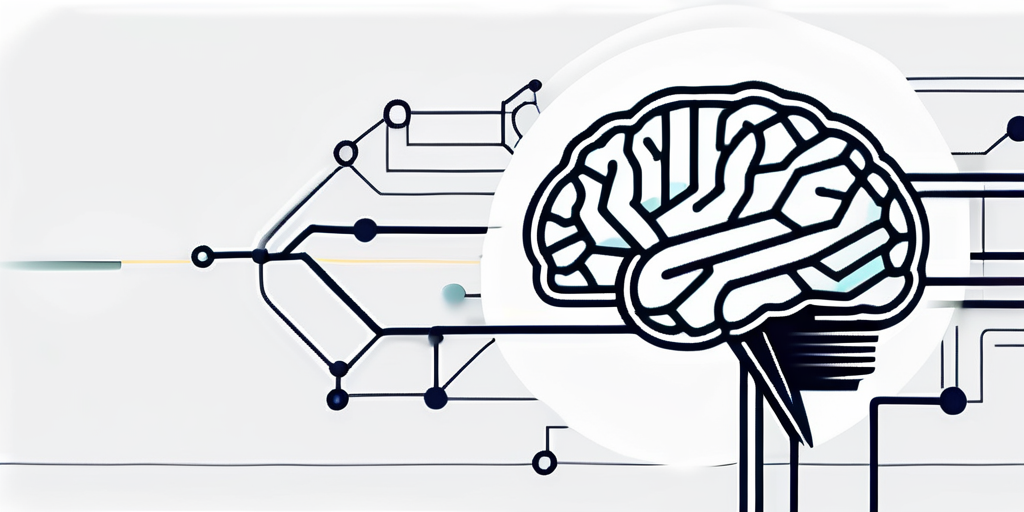In the realm of Natural Language Processing (NLP), the concept of Contextual Embeddings has revolutionized the way we understand and interpret language data. This article delves into the intricate world of Contextual Embeddings, with a special focus on Large Language Models (LLMs) like ChatGPT. The purpose of this article is to provide a comprehensive understanding of these concepts, their significance, and their application in the field of NLP.
Contextual Embeddings and LLMs are intertwined concepts, each playing a crucial role in the other’s functionality. While Contextual Embeddings provide a nuanced understanding of language data, LLMs leverage this understanding to generate human-like text. This symbiotic relationship forms the backbone of many modern NLP applications, making it an essential topic for anyone interested in the field.
Understanding Contextual Embeddings
Contextual Embeddings are a type of word representation that captures the semantic meaning of words based on their context. Unlike traditional word embeddings, which assign a static representation to each word, Contextual Embeddings are dynamic and change based on the surrounding words. This allows them to capture the nuances of language, such as homonyms and polysemy, which are often lost in static representations.
Contextual Embeddings are generated using deep learning models, which are trained on large corpora of text data. These models learn to predict the likelihood of a word given its context, thereby learning the semantic relationships between words. The resulting embeddings are high-dimensional vectors that can be used to measure semantic similarity between words or sentences.
The Importance of Contextual Embeddings
Contextual Embeddings have several advantages over traditional word embeddings. Firstly, they capture the semantic meaning of words in a more nuanced manner. This allows them to better handle homonyms and polysemy, which are common in natural language. For example, the word ‘bank’ has different meanings in ‘river bank’ and ‘savings bank’, which can be accurately captured using Contextual Embeddings.
Secondly, Contextual Embeddings are more robust to changes in language over time. Since they are generated dynamically based on context, they can adapt to new words or phrases that are introduced into the language. This makes them particularly useful for applications that deal with real-world text data, such as social media analysis or sentiment analysis.
Generating Contextual Embeddings
Contextual Embeddings are generated using deep learning models, which are trained on large corpora of text data. These models, known as language models, learn to predict the likelihood of a word given its context. This is done by feeding the model a sequence of words and asking it to predict the next word. Over time, the model learns the semantic relationships between words, which are encoded in the embeddings.
The process of generating Contextual Embeddings involves several steps. Firstly, the text data is preprocessed and tokenized into individual words or subwords. These tokens are then fed into the language model, which generates a high-dimensional vector for each token. These vectors are the Contextual Embeddings, which can be used for various NLP tasks.
Large Language Models (LLMs)
Large Language Models (LLMs) are a type of language model that are trained on an extensive amount of text data. They are capable of generating human-like text, making them a powerful tool for a variety of NLP tasks. LLMs leverage the power of Contextual Embeddings to understand and generate language, making them a crucial component of modern NLP.

LLMs, such as ChatGPT, are based on the Transformer architecture, which allows them to handle long sequences of text. They are trained using a method called unsupervised learning, where the model learns to predict the next word in a sequence without any explicit labels. This allows them to generate text that is coherent and contextually relevant.
Applications of LLMs
LLMs have a wide range of applications in the field of NLP. They can be used for text generation, machine translation, sentiment analysis, and many other tasks. One of the most popular applications of LLMs is in chatbots, where they are used to generate human-like responses to user inputs.
ChatGPT, for example, is a chatbot that uses a LLM to generate its responses. It leverages the power of Contextual Embeddings to understand the context of the conversation and generate relevant responses. This allows it to engage in meaningful conversations with users, making it a powerful tool for customer service, virtual assistance, and many other applications.
Training LLMs
Training LLMs is a complex process that requires a large amount of computational resources. The model is trained on a large corpus of text data, which is used to generate the Contextual Embeddings. The model is then fine-tuned on a specific task, such as text generation or sentiment analysis, to optimize its performance.
The training process involves several steps, including data preprocessing, model initialization, and model training. During data preprocessing, the text data is tokenized and converted into numerical form. The model is then initialized with random weights, which are updated during training to minimize the prediction error. The training process involves feeding the model sequences of words and asking it to predict the next word, with the model’s weights being updated based on the prediction error.
Conclusion
Contextual Embeddings and LLMs are powerful tools in the field of NLP. They provide a nuanced understanding of language data, allowing us to generate human-like text and perform complex NLP tasks. With the continuous advancements in these technologies, we can expect to see even more sophisticated applications in the future.
Whether you’re a seasoned NLP practitioner or a beginner in the field, understanding these concepts is crucial. They form the backbone of many modern NLP applications, making them an essential topic for anyone interested in the field. By understanding how these technologies work, we can better leverage their power and potential in our own projects.



